some of the most expensive super bikes in the World that everyone love to ride
some of the most expensive super bikes in the World that everyone love to ride
Updated on August 02, 2022 11:49 AM by admin
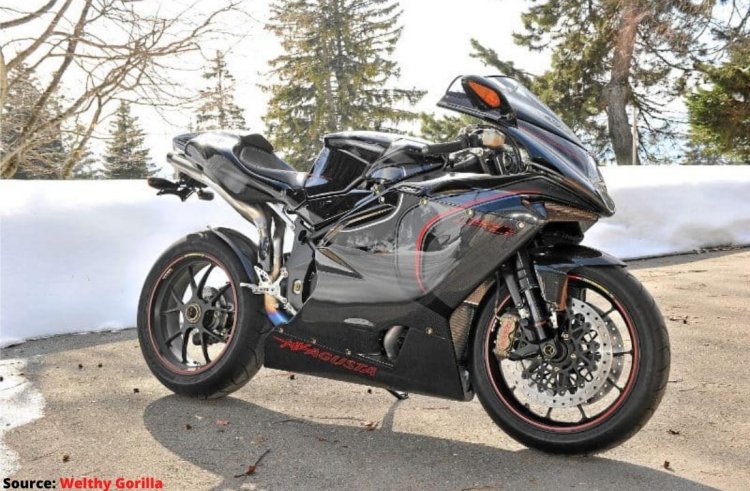
Bikes have recently grown somewhat pricey. This is mostly caused by a rise in the use of expensive, high-end materials like carbon fiber and a desire to create bikes that are quicker and more potent.
The top bike on this list would have been a motorcycle similar to the Harley Davison Cosmic Starship, but recently, several manufacturers have started producing limited-edition motorcycles that are either built to look like works of art or to perform extraordinarily well on a racetrack. Today, though, it isn't even in the top three.
Ducati Teata Stratta NCR Macchia Nera Concept
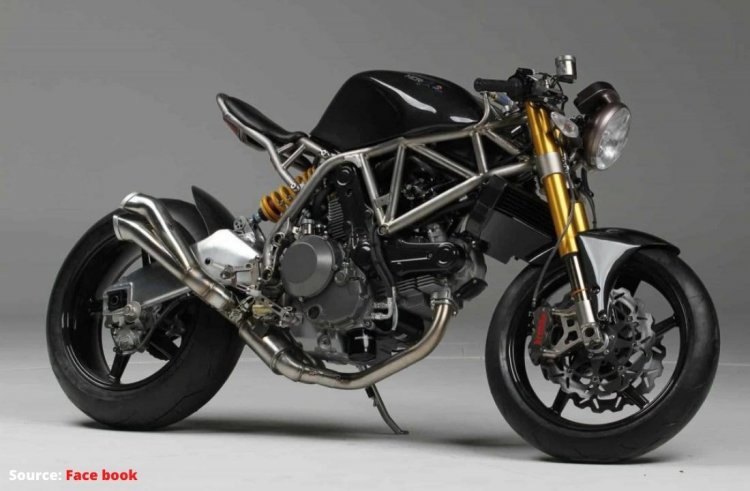
The Ducati Testa Stratta NCR Macchia Nera Concept is the most expensive motorcycle in the world, even though it was not designed to compete with something like a Kawasaki H2 in terms of raw speed.
The 998 cc V2, twin-cylinder Ducati Testa Stratta NCR Macchia Nera has a 6-speed transmission and a 185 horsepower total output engine. The motorcycle's amazing construction of carbon fiber and titanium allows it to weigh only 134 kg. Because this work of art has only been produced in a small quantity, admirers can justify the price.
Add Block
Ducati Desmosecidi D16RR NCR M:16
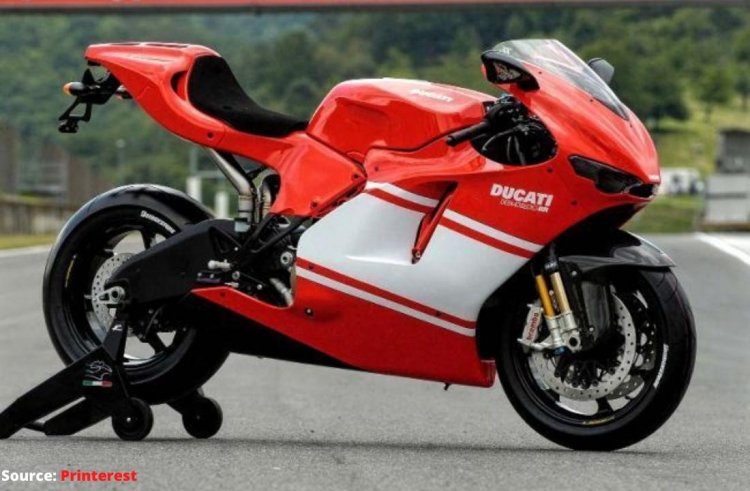
The Ducati Desmosedici D16RR NCR M16 costs $232,500, whereas the standard D16RR costs $72,500. It is a lighter and more potent version of the Desmosedici D16RR.
The usage of carbon fiber throughout, including the load-bearing components of the bike, such as the frame, wheels, and swingarm, is the cause of this significant price increase. In addition to these components, the fuel tank, fenders, tail, and fairing are also comprised of carbon fiber.
All of the mechanical components, right down to the bolts, are made of titanium or avionic-grade aluminum. The 989 cc Ducati V4 engine that powers this motorcycle has a total output of 175 horsepower, however, NCR M16 increased that number to 200 or more horsepower at the rear wheel.
The M16 has the same suspension setup as the most recent Moto GP race bikes, and it has race electronics including data logging, traction control, and user-selectable engine maps. The NCR M16 weighs 145 kg, which is less than the required minimum weight for a four-cylinder Moto GP motorcycle.
Ecosse FE Ti XX Titanium Series
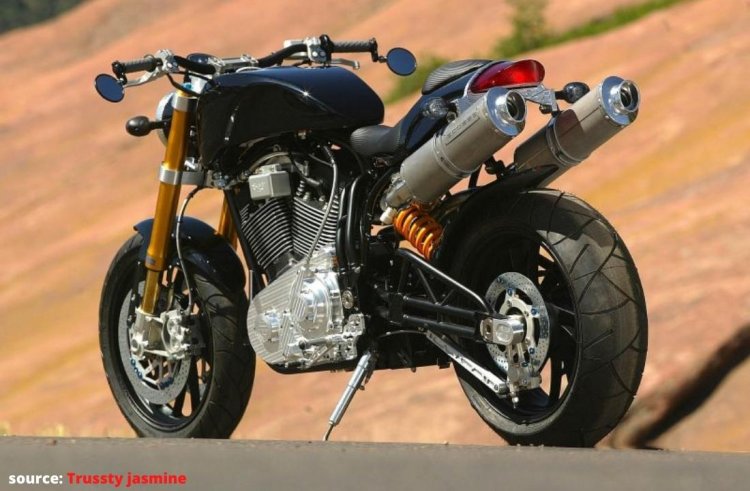
When the FE Ti XX was first introduced in 2007, its $300,000 price tag seemed completely out of the question for a motorcycle. But with time, things have evolved. This bike is no longer the most costly, so its outrageous price tag appears to have gained some justification.
A 2.4-liter biller-aluminum engine that delivers 228 horsepower to the wheels powers the FE Ti XX. To keep the weight of the motorcycle as low as possible, carbon fiber is used throughout.
The motorcycle's seat is fashioned from luxurious Italian leather. Grade-9 titanium pipes with a ceramic media shot-peened finish make up the exhausts. There were just 13 examples of the lovely machine ever made.
Add Block
Dodge Tomahawk
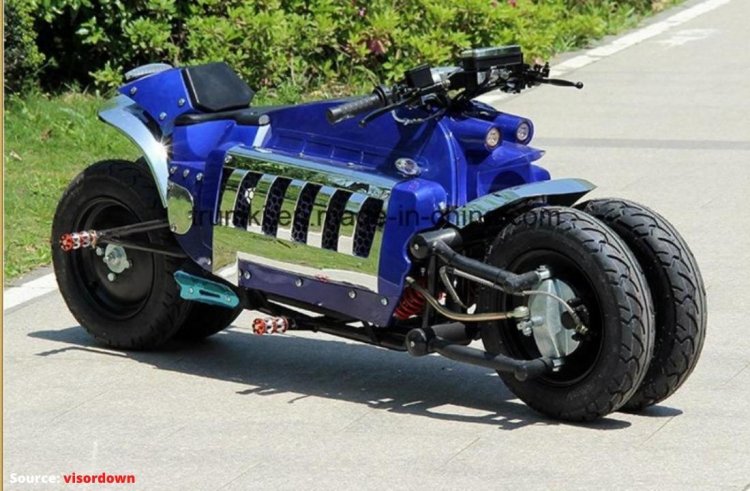
The Dodge Tomahawk was only ever constructed in nine units. Dodge claims that these are rolling sculptures as well as motorcycles, and it is priced as such at $550,000.
The Dodge Tomahawk, the world's fastest bike in a straight line, accelerates from 0 to 60 miles per hour in about 2.5 seconds and is capable of reaching a high speed of about 420 miles per hour.
Although Dodge is best known for its muscle vehicles like the Challenger and the Viper rather than its motorcycles, they are the ones that created the world's fastest motorcycle. We all believed there was no chance we would see this in production when it initially debuted in 2003 as little more than a concept. We were mistaken.
The four wheels of this enormous machine have two tires on each side and are spaced apart by a few inches. Each wheel also has an independent suspension, a two-speed transmission, and a Viper motor.
An 8.3 liter 20 valve V10 SRT 10 drives the vehicle. Yes, the V10 engine in this motorcycle produces 507 horsepower at 5600 rpm. One 20-inch perimeter mounted, the drilled rotor is used as the brake for each wheel.
Aluminum four-piston calipers with four pistons each are used for the front brakes, while a single four-piston caliper with four pistons is used for the rear brakes. A hand lever is used to operate the double disc, dry plate clutch, which uses a variety of organic friction compounds.
Although it might appear that this bike can't ride like one, it has a swingarm at either end and a hub-centered steering column, so even with its 680 Kg weight, it can lean and counter-steer like a motorcycle.
The linkage employs a rocker and a push/pull rod that is made of bearings, and the steering is of the dual-hub center type. The grips and levers on the steering yoke are both composed of billet aluminum, as is the steering yoke itself.
Add Block
Harley Davidson
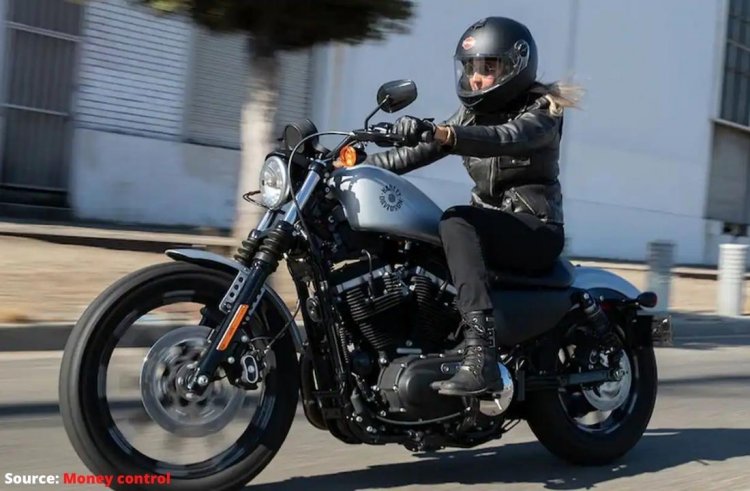
This bike used to rank first on numerous lists of the priciest bikes, but it is currently only ranked number 6. Cosmic Starship by Harley-Davidson was built to produce a work of art. In collaboration with the well-known Jack Armstrong, a rebel cosmic existentialist artist, Harley Davison painted a Harley V-rod yellow and red. After exhibiting it to the world, he initially sold it for a flat $1 million.
When compared to the $16,000 price of a Harley Davidson V-rod, the Cosmic Starship's paint job costs $984,000. However, this seems like a bargain considering that the majority of Jack Armstrong's pieces sell for more than $3 million.
BMS Nemesis
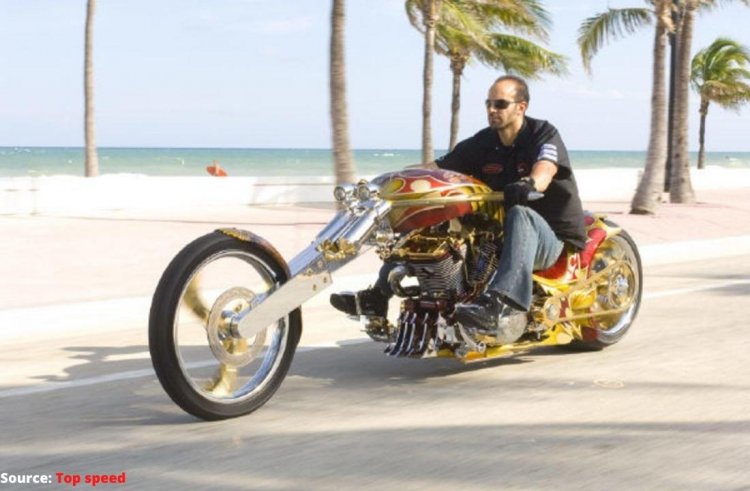
The BMS Nehmesis' lack of a side stand and consequent sitting on its belly is the first thing that one may notice about it. This is because the bike has an air-ride system built in, which enables it to automatically raise or lower itself by 10 entire inches with the single-sided swingarm and the rear suspension, respectively.
In turn, this renders the side stand unnecessary. When it's time to park, the Nemesis glides gently onto its side rails. You might be wondering what the yellow glitter on the motorcycle is for. It's 24-carat gold, there.
Add Block
Hildebrand & WolfMuller
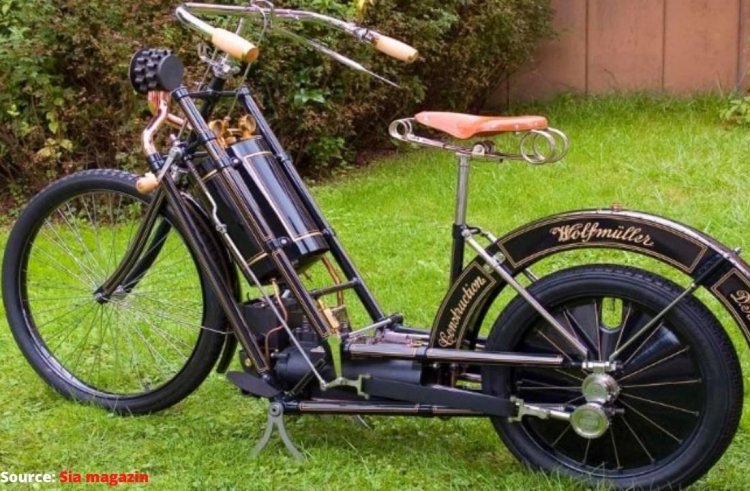
To build their internal combustion engine in Munich, Heinrich and Wilhelm Hildebrand, two steam engine engineers, joined forces with Alois Wolfmuller to construct the Hildebrand & Wolfmuller motorbike. In the year 1894, this bicycle was initially created and manufactured.
At this point, horses made of flesh and bone started to become outdated and were reimagined. It is crucial to understand that there is neither a clutch nor a pedal on this if one ever manages to ride one. It will need to be started by pushing it while running and hopping on while applying the throttle.
Add Block
Ecosse ES1 Spirit
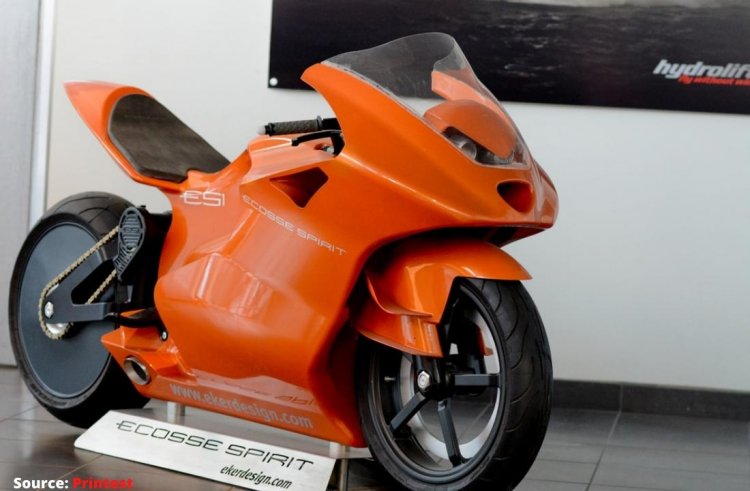
The professional rider had to complete a two-week training program before being allowed to test-ride the Ecosse ES1 Spirit. This device bears little resemblance to a typical motorbike. There isn't even a single trace of a chassis backbone.
The front suspension is connected to the engine, while the swingarm and rear suspension are both connected to the transmission. The motorcycle weighs only 120.2 kg, which is made possible by removing superfluous weight from the slim fork of the front suspension by forcing the fork through a steering head and then lowering it again.
The two A-arms that project forward and whose apices establish the steering axis that carries upright and projects the front wheel spindle make up the front suspension arrangement.
The handlebars are positioned on the upward projecting steering axis to improve handling. The steering feels very natural even though it is entirely artificial. This motorcycle's integrated custom transverse inline-four engine serves as its power source.
When seated, the knees can be tucked in tightly for improved ergonomics and maneuverability. The handlebars are directly affixed to the front fork for improved control, and both the front and rear suspensions are made entirely of carbon fiber.
1949 E90 AJS Porcupine
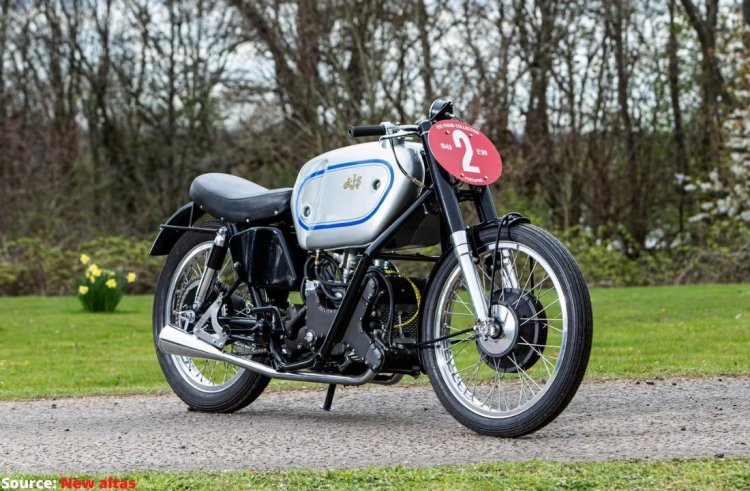
Only 4 porcupine units were produced by AJS in 1949, but Les Graham managed to win the World Championship and take home the trophy. Featuring a 500 cc aluminum alloy engine and an open frame, the porcupine is a motorcycle.
To achieve a low center of gravity, the twin-cylinder DOHC engine has horizontal cylinder heads. This bike's shocks are of a unique type and are referred to as "Jam-pot" shocks. The Porcupine was made available to a limited group of fans after spending twenty years in the Coventry National Motorcycle Museum.
Related: Interesting Facts About Bikes Of Cycling
Neiman Marcus Limites Edition Fighter
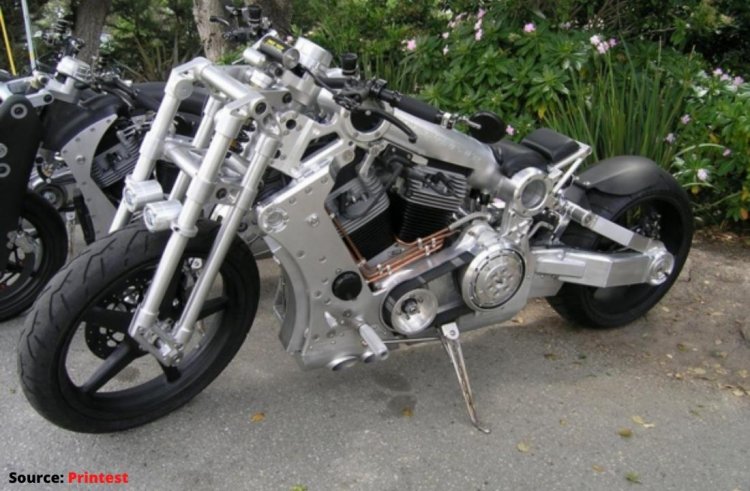
The Neiman Marcus Limited Edition Fighter has a design that is quite steampunk-esque and costs $110,000. The most expensive motorcycle in the world at the moment is, however, this one, which costs a staggering $ 11 million.
The chassis and frame of this motorcycle are some of its most striking features. It is constructed and cut from a single piece of metal to increase structural rigidity. Many designers think this bike represents styling at its pinnacle, with the practicality of the motorcycle having no adverse effects. When this motorcycle was displayed to several reviewers, they were astounded and in awe of its appearance.
At the time, Neiman explained how this motorcycle is an extension of the standard machine, having been stripped back to its fundamental components and then reimagined and constructed with maximum performance in mind.
The Neiman Marcus Limited Edition Fighter is intended to be Neiman's interpretation of a sci-fi dream that is street legal. But how constrained is this Fighter? Only 45 of these exquisite metal horses were ever produced and sold.
The Neiman Marcus Fighter is legal for use on public streets despite costing $11 million and having a comic book-like appearance. The motorcycle's air-cooled 1966 cc V twin engine gives it a top speed of 300 kmph and a 0-100 time of in 3.0 seconds. Despite producing a stunning machine, Neiman Marcus filed for bankruptcy in September 2020.





